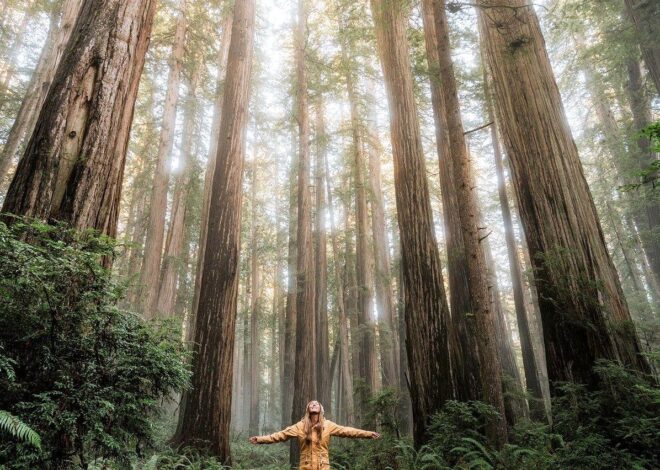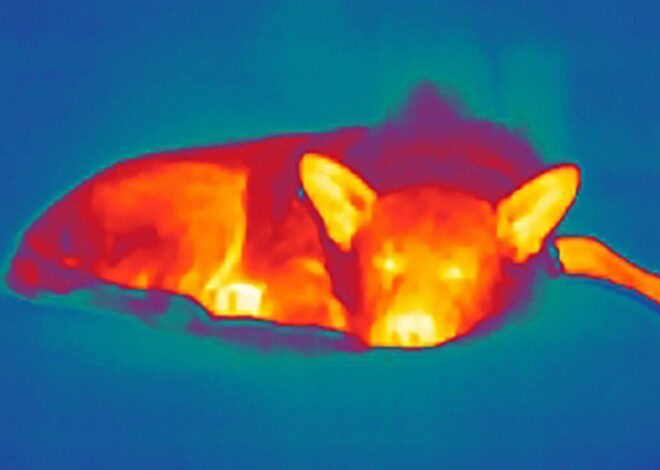
Collect Mushrooms in Autumn: Forage for mushrooms in the park
Autumn presents a beautiful opportunity for mushroom foraging in parks. As the weather cools and leaves begin to fall, various mushroom species emerge, creating a unique foraging experience. Mushroom hunting can yield delicious and nutritious results, but it requires careful identification to avoid potentially toxic varieties. This article explores the essential considerations and tips for safely collecting mushrooms in parks during autumn.

Understanding Mushroom Varieties
Before embarking on your mushroom foraging adventure, it is crucial to familiarize yourself with the various types of mushrooms that grow in autumn. Some common species include:
- Chanterelles: Known for their funnel-like shape and golden color, these are often sought after for their rich flavor.
- Porcini: This meaty mushroom has a robust flavor and is popular in culinary dishes.
- Maitake: Also known as hen of the woods, these mushrooms grow at the base of trees and have a distinctive frilly shape.

However, it’s equally important to be aware of look-alike species that can be toxic. For instance, the Death Cap mushroom, which resembles edible varieties, is responsible for the majority of mushroom poisoning cases. Therefore, having a reliable field guide or a knowledgeable companion during your foraging is essential.
Choosing the Right Location
When searching for mushrooms, not all parks are created equal. The best spots tend to be areas that provide the right amount of moisture, shade, and organic matter. Look for parks with:
- Deciduous Trees: Oak, maple, and birch trees create suitable habitats for a variety of mushroom species.
- Moist Soil: Areas with damp soil, often near streambanks or shaded woodlands, are ideal for mushroom growth.
- Leaf Litter: A layer of decomposing leaves not only provides nutrients but also helps retain moisture.

Exploring the underbrush and avoiding well-trodden paths can lead you to hidden gems. Create a plan to cover as much ground as possible while maintaining caution and respect for park regulations regarding foraging.
Foraging Here: Best Practices
When foraging for mushrooms, employing best practices ensures both safety and sustainability. Always follow these guidelines:
1. Never forage alone: Having a partner can be beneficial for safety and verification of mushroom identification.
2. Use proper tools: Bring a basket or cloth bag for collection and a knife for harvesting mushrooms to prevent damaging their delicate structures.
3. Harvest responsibly: Only take what you will use, leaving plenty for wildlife and future foragers. Our ecosystems depend on the balance of species.
4. Clean your mushrooms: Once home, gently brush off any dirt and debris. Cooking them thoroughly is essential as it also helps eliminate possible toxins in certain species.
5. Be mindful of the environment: Follow “Leave No Trace” principles by taking all your trash with you and minimizing your impact on the area.
Cooking with Your Foraged Mushrooms
Once you’ve safely foraged and identified your mushrooms, it’s time to enjoy them in the kitchen. Freshly collected mushrooms can enhance a wide variety of dishes. Here are some mouth-watering ideas for using your autumn treasures:
- Mushroom Risotto: A creamy classic that beautifully showcases the flavor of your foraged mushrooms.
- Sautéed Mushrooms: Toss with garlic, herbs, and butter for a simple yet delicious side dish.
- Wild Mushroom Soup: Blend your mushrooms with stock, cream, and spices for a warm, comforting soup.
Experimenting with new recipes is part of the joy of foraging, allowing you to appreciate the fruits of your labor in delicious ways.

Conclusion
Foraging for mushrooms in the park during autumn can be an exhilarating experience that connects you with nature and rewards you with tasty ingredients. With proper knowledge of mushroom varieties, careful location selection, and adherence to best practices, you can embark on a safe and successful foraging adventure. Remember that responsible foraging not only benefits you, but it also supports the health of the ecosystems you are exploring.
FAQs
1. What should I wear for mushroom foraging?
It’s best to wear comfortable, durable clothing and sturdy shoes. Long sleeves and pants can help protect against scratches and insects.
2. How can I ensure a mushroom is safe to eat?
The only foolproof way to ensure mushrooms are safe to eat is through correct identification. Always refer to a reliable field guide or consult with experienced foragers.
3. Are there toxic mushrooms I should be aware of?
Yes, species like the Death Cap and False Morel can be deadly. Always educate yourself about look-alikes that can be harmful.
4. Can I forage in any park?
Many parks have regulations regarding foraging. Always check local laws and guidelines to ensure you are allowed to collect mushrooms.
5. What tools do I need for mushroom foraging?
Essential tools include a basket for collection, a knife for harvesting, and a field guide for identification. A brush for cleaning mushrooms is also handy.


